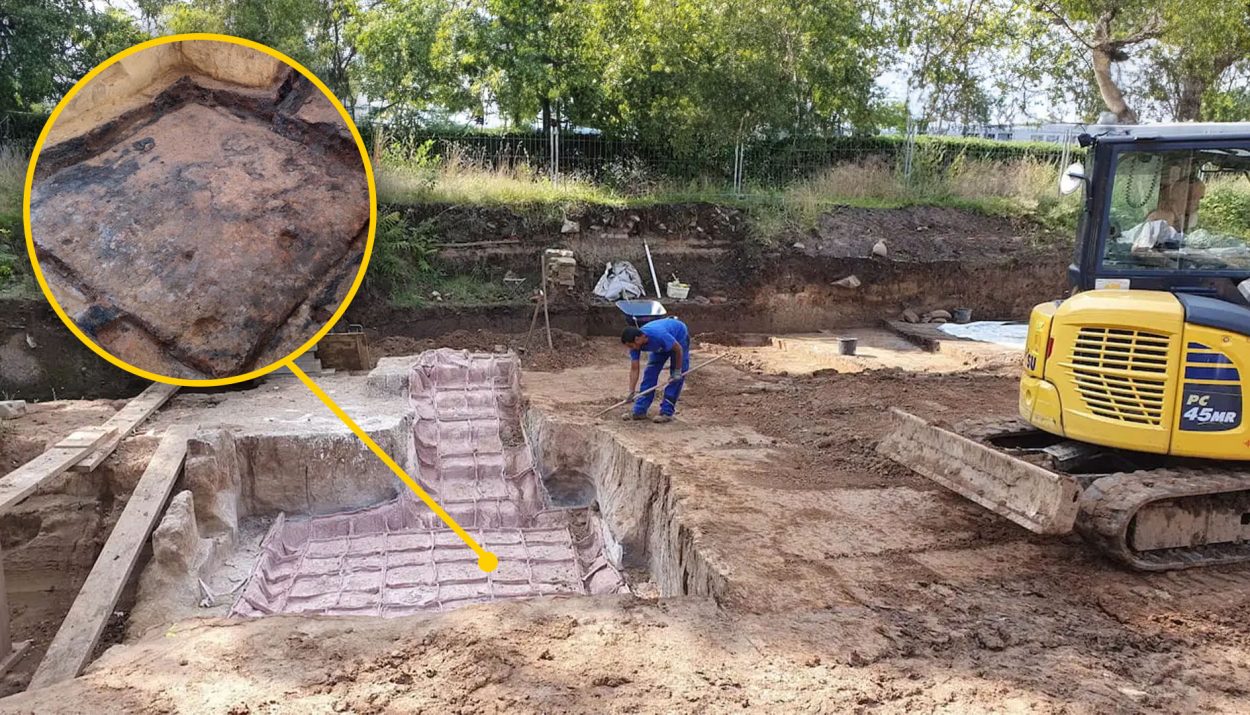It is not every day that archaeologists find a wooden structure that survived a house fire AND centuries beneath the earth. But that is exactly what they discovered late last year in Germany. The structure is a cellar, constructed of wood, that shows evidence of fire damage.
The archaeologists who made the discovery were thrilled at the unique find, but they also knew they had to act fast to preserve the fragile ancient structure. The entirety of the structure was removed for preservation. Let’s learn why this cellar is so significant.
Frankfurt During the Holy Roman Empire
The ancient Romans had an interesting relationship with the various kingdoms of Germania. Beginning in the 1st century, large portions of Germany were under the control of the Holy Roman Empire.

In fact, Frankfurt was one of the more significant cities of Germania. The city was the place where kings were crowned, and important officials were elected.
An Ancient Roman Town
An ancient Roman town, Nida was located in the area where Frankfurt’s northwestern suburbs are found today. During the 1st century, Nida was founded in 110 AD by Emperor Trajan. It served as the capital of the Civitas Taunensium region.
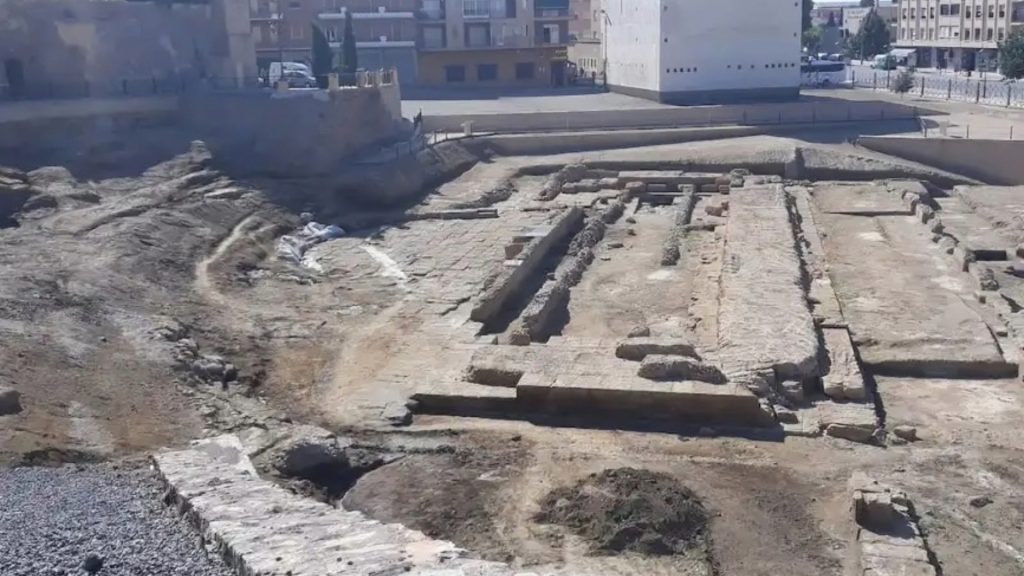
Nida, however, did not thrive for long. The town endured a series of attacks by a north German tribe called the Alamanni that led to its decline beginning in 260 AD. By 275 AD, Nida was occupied by a mix of Alamanni people and Roman-Germans.
The Ruins of Nida
Although Nida was abandoned, portions of the former city remained visible for several centuries. Stone walls could be seen poking out of the ground in an area called Heidenfeld, or “heathen’s field”, until the middle of the 15th century.
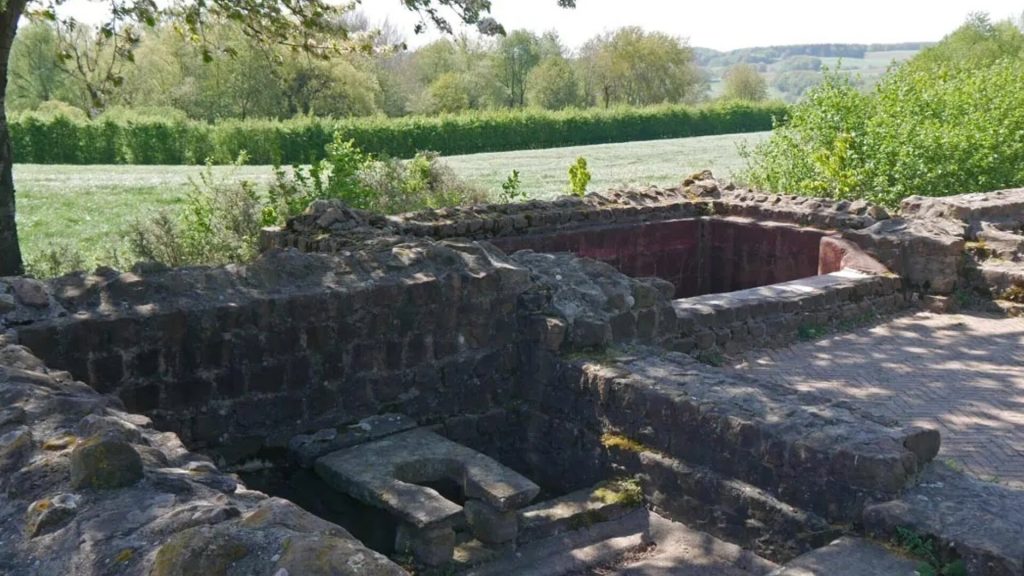
At that time, people living in the area dismantled the walls that were still above ground and reused the stones in their own building projects. When the field was later excavated, archaeologists found a network of stone walls that were protected under the ground.
Nida Fell Victim to Urban Sprawl
As the city of Frankfurt grew and spread, the remains of Nida were swallowed up by sprawling suburbs. New homes were erected on top of old ruins and the remains of ancient structures.

By the 1700s and 1800s, traces of Nida were all but erased by the newer residential buildings. That’s what makes the discovery of this wooden cellar so remarkable.
An Unexpected Find
Workers doing renovations in the Frankfurt suburb of Heddernheim in 2023 unearthed the wooden cellar. They could tell that it was an ancient structure.
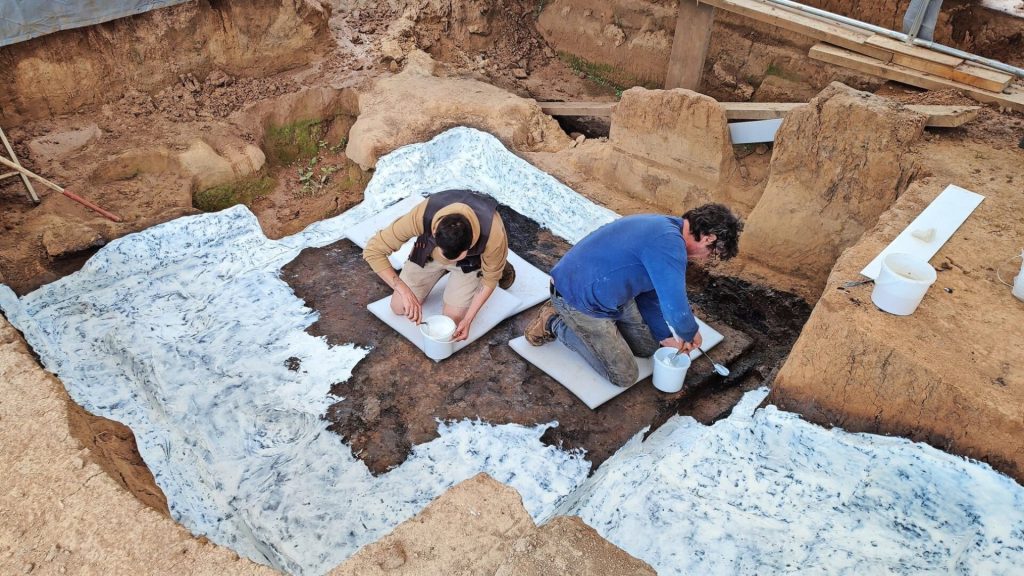
The resulting archeological study showed that the workers had discovered a Roman era wooden cellar. The cellar had been exceptionally well preserved.
A House on Main Street
The researchers determined that the wooden cellar once belonged to a Roman-era home that was located along one of Nida’s two main streets. The cellar was found, however, without an accompanying house.
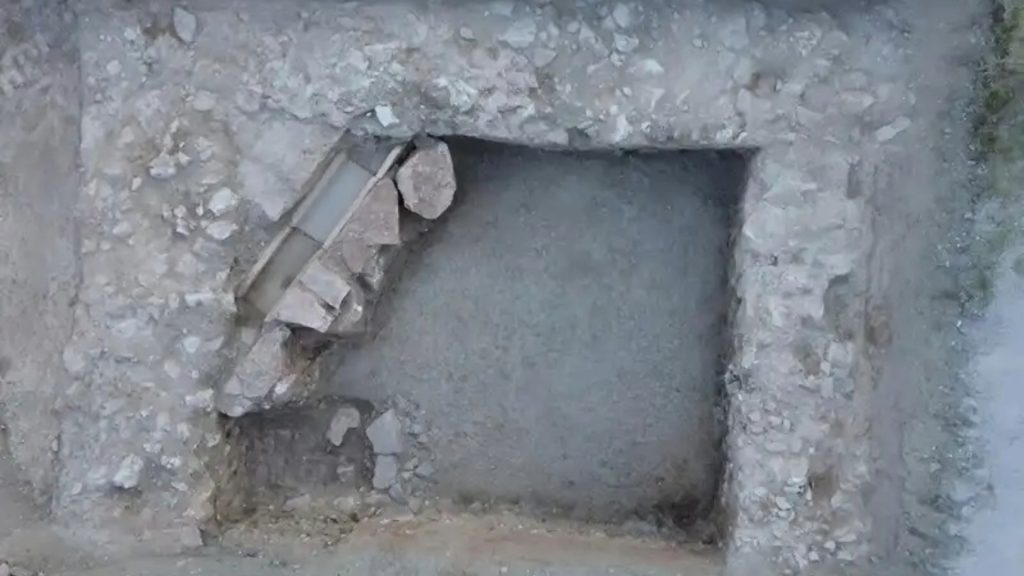
Most likely, the home associated with the cellar would have been a half-timbered house, as that was the common style of the day. But no remnants of it remained. There was key evidence in the cellar to tell us what happened there long ago.
An Ancient House Fire
The wooden cellar shows signs of a fire that presumably destroyed the rest of the home. There is charring on the stairs leading into the cellar, as well as charred beams and pieces of charcoal.
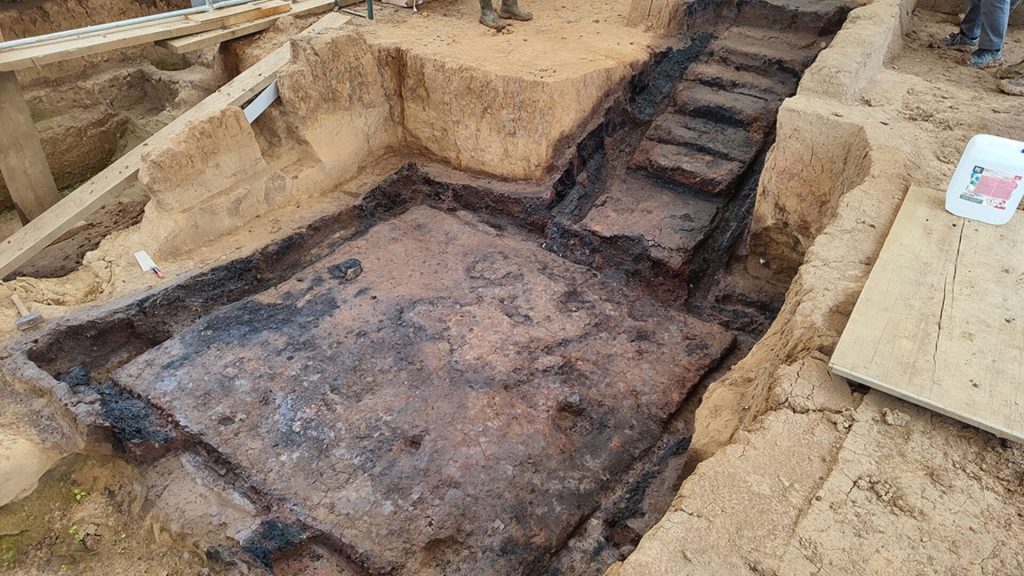
The artifacts found in the cellar also display signs of fire and extreme heat. For example, a glass jar melted under high temperatures. The contents of the cellar tell researchers that the occupants fled the home before they could save their possessions.
House Fires Were a Common Occurrence
Although we still have house fires today, in ancient times, they were even more common and, sadly, much more destructive and deadly. Homes were constructed of wood – a combustible material. Some had thatch roofs, adding to the potential fire hazard.

There were no early warning devices, like smoke alarms, to alert the occupants of a fire. Often, the fire had time to spread before anyone became aware of it. Homes did not have sprinkler systems, fire extinguishers, or fire escapes.
Calling the Fire Department
It may surprise you to know that municipal fire departments are a fairly modern invention. In the 1st century, when this home caught fire, the homeowner didn’t have the luxury of calling 911 and having the local fire department extinguish the flames.

Instead, most people had to fire their own house fires using buckets of water. Neighbors may pitch in to help, but generally, homes that caught fire were quickly engulfed. The goal became to prevent the fire from spreading to neighboring homes rather than saving the structure.
What Could Have Caused the Fire that Destroyed This Home?
In the 1st century, people heated their homes, cooked their food, and illuminated their homes with open fires. That certainly could have ignited the fire that destroyed this home. But the fire may also have started from a lightning strike.

Historians also know that Nida was in constant conflict with a Germanic tribe, the Alamanni, who frequently raided the town. Perhaps the home was torched by invaders. Unfortunately, researchers will never know the cause of the fire, but there is still much to be learned from the surviving cellar.
Rebuilding After the Loss
Following the fire that destroyed the original home, another house was built over top of the cellar. It is not known if this home was built immediately after the fire or if time passed before the rebuilding began.

It does appear, according to the experts, that the original wooden cellar was no longer used. It could be that the occupants thought the cellar was too damaged to be serviceable or, perhaps, they simply didn’t need a cellar anymore. Whatever the reason, the wooden cellar sat undisturbed for hundreds of years.
“Great Scientific Interest“
Ina Hartwig, the head of cultural affairs for the city of Frankfurt, noted that the discovery of the wooden cellar is one of “great scientific interest,” in part because of how well preserved it is. She added that it gives researchers an “almost unique” opportunity to learn about life in ancient Nida.
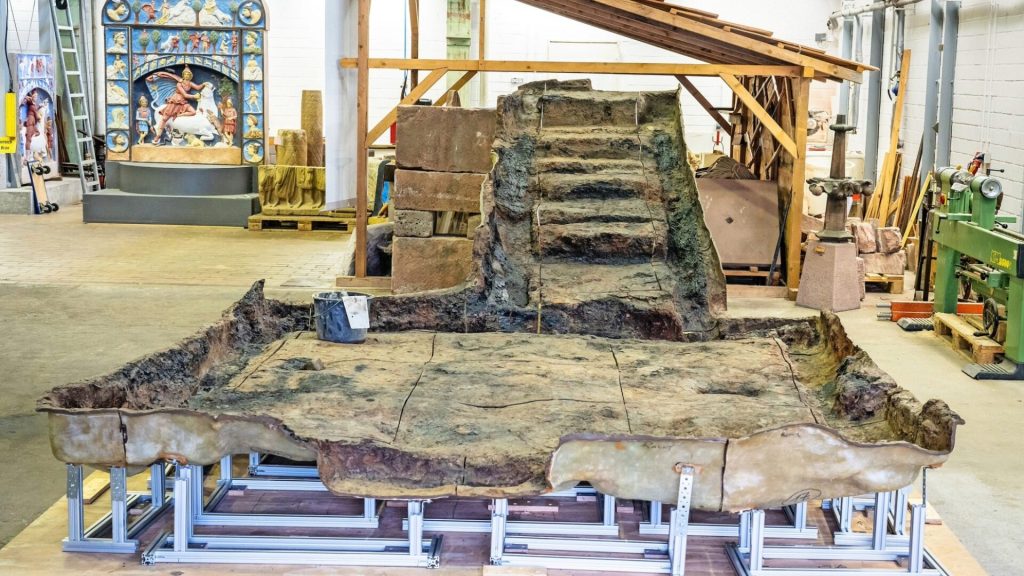
There was a problem, though. Once it was unearthed, the fragile wooden structure was vulnerable to rapid deterioration. Archaeologists needed to act quickly to preserve this rare find.
Saving the Cellar
As Hartwig explained, “Such an extraordinary find requires special consideration. Due to the weather conditions, there was imminent danger here and we decided to save the cellar and with it an important artifact of ancient Frankfurt at short notice.
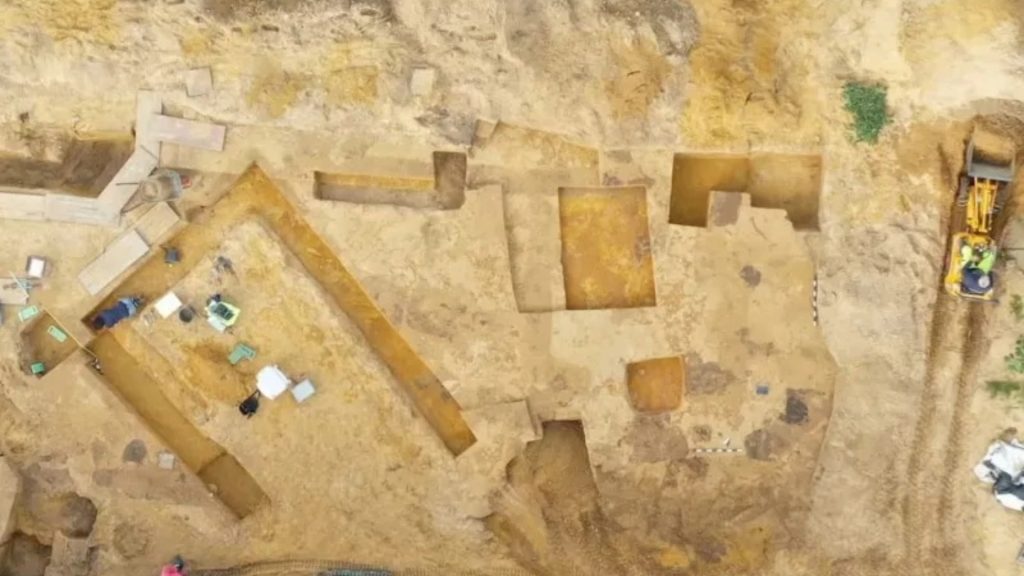
To save the cellar, the entire wooden structure was excavated from the ground, while keeping it entirely intact. It was a herculean effort that was even more amazing when you consider that the archaeological team had little time to prepare for it.
Completely Recovered and Housed in a Museum
The wooden cellar was completely recovered and transported to the Frankfurt Archaeological Museum. There, it will be preserved by a team of restoration experts.
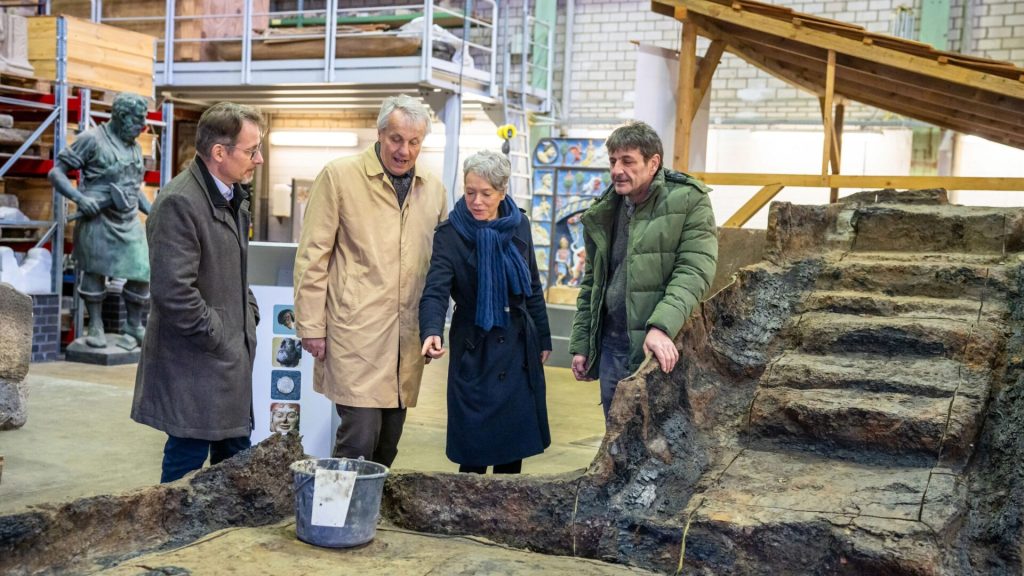
As Hartwig continued, “We are very pleased that this was achieved with great technical effort and using newly tested methods. In the next few weeks, the cellar will be further explored, and a suitable presentation will be determined.”

